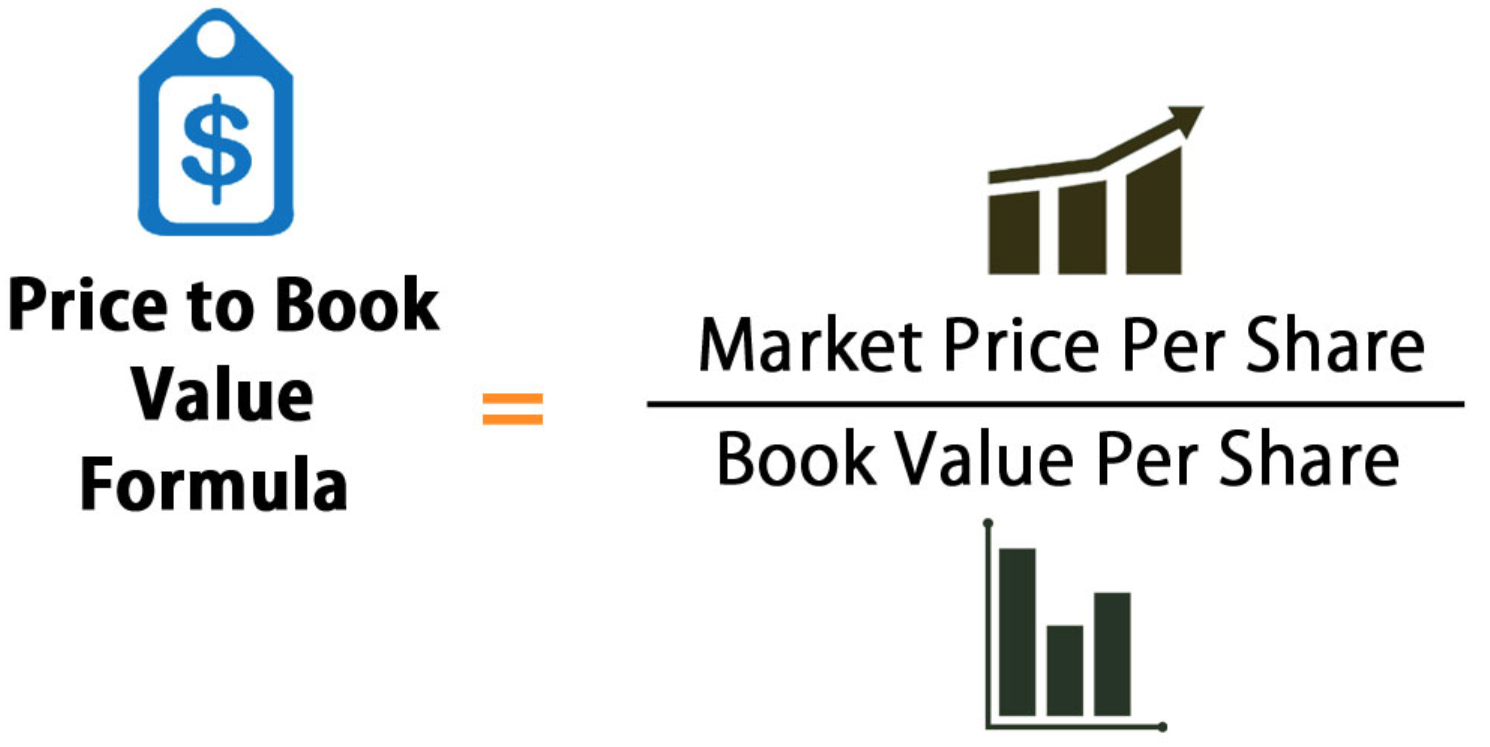Book value
The book value tells you how much a company is worth. Basically, the book value reflects the total value of a company’s assets that shareholders of that company would receive if the company were to be liquidated.
It is the net difference between that company’s total assets and total liabilities.

Figure 6.7: Book Value
Say a given company A owns a building, a truck, desks, chairs, etc. And also owns shares in other companies. If you were to sell everything that would be the total value of the assets of company A. Say is it $300.
Say, this company, also, has a /$100 in debt.
The book value of company A then, would be Assets ($300) - liabilities ($100)= $200.
Book value could be compared to company’s market value to indicate whether a stock is under- or overpriced.
Book value is used in other indicators.
Price-To-Book (P/B Ratio)
Also refereed as price-equity ratio, the price-to-book ratio (P/B ratio) compares a firm’s market capitalization to its book value. It’s calculated by dividing the company’s stock price per share by its book value per share (BVPS):
Figure 6.9: Price-To-Book ratio
Say you want to invest in Ed’s company with the following profile:
Book value =$1,000,000
Outstanding shares= 100,000
Stock price = $20
From this,
Book value per share= $1,000,000/100,000 shares= $10.
This tells you that if the company were to be close each owner of one share would get $10.
P/B Ratio = $20 (Stock price) / $10 (Book value per share)= 2x
This tell you Ed’s stock cost twice as much as its assets could be sold for.
A larger than 1 P/B value suggest that investors value this company a lot; likely is is expected to growth more and be more valuable in the near future.
If stocks prices trade lower than their book value (e.g., P/B value smaller than one) indicates that investors consider the stated value assets of the company to be exaggerated.
